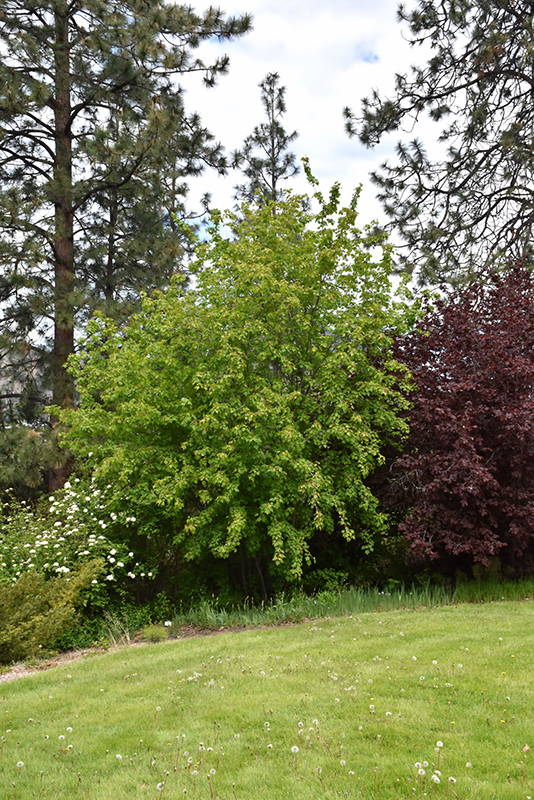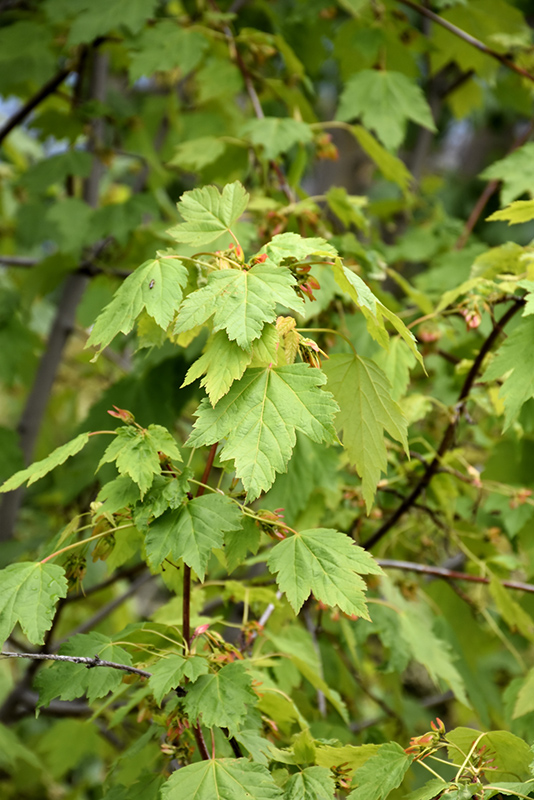Height: 20 feet
Spread: 15 feet
Sunlight:
![]()
![]()
Hardiness Zone: 3b
Other Names: Glow
Description:
A native woodland tree that does best in similar conditions; partial shade, adequate moisture, protection from the wind and highly organic soil; good red fall color is one of its primary attributes;
Ornamental Features
Rocky Mountain Maple is primarily grown for its highly ornamental fruit. It features abundant showy rose samaras in late summer. It has rich green deciduous foliage. The lobed leaves turn an outstanding brick red in the fall.
Landscape Attributes
Rocky Mountain Maple is a deciduous tree with an upright spreading habit of growth. Its average texture blends into the landscape, but can be balanced by one or two finer or coarser trees or shrubs for an effective composition.
This is a relatively low maintenance tree, and is best pruned in late winter once the threat of extreme cold has passed. It is a good choice for attracting birds to your yard, but is not particularly attractive to deer who tend to leave it alone in favor of tastier treats. It has no significant negative characteristics.
Rocky Mountain Maple is recommended for the following landscape applications;
- Shade
- Hedges/Screening
- Rock/Alpine Gardens
- Naturalizing And Woodland Gardens
Planting & Growing
Rocky Mountain Maple will grow to be about 20 feet tall at maturity, with a spread of 15 feet. It has a low canopy with a typical clearance of 4 feet from the ground, and is suitable for planting under power lines. It grows at a slow rate, and under ideal conditions can be expected to live for 50 years or more.
This tree does best in full sun to partial shade. It is very adaptable to both dry and moist locations, and should do just fine under average home landscape conditions. It is very fussy about its soil conditions and must have rich, acidic soils to ensure success, and is subject to chlorosis (yellowing) of the foliage in alkaline soils. It is quite intolerant of urban pollution, therefore inner city or urban streetside plantings are best avoided, and will benefit from being planted in a relatively sheltered location. Consider applying a thick mulch around the root zone in both summer and winter to conserve soil moisture and protect it in exposed locations or colder microclimates. This species is native to parts of North America.


